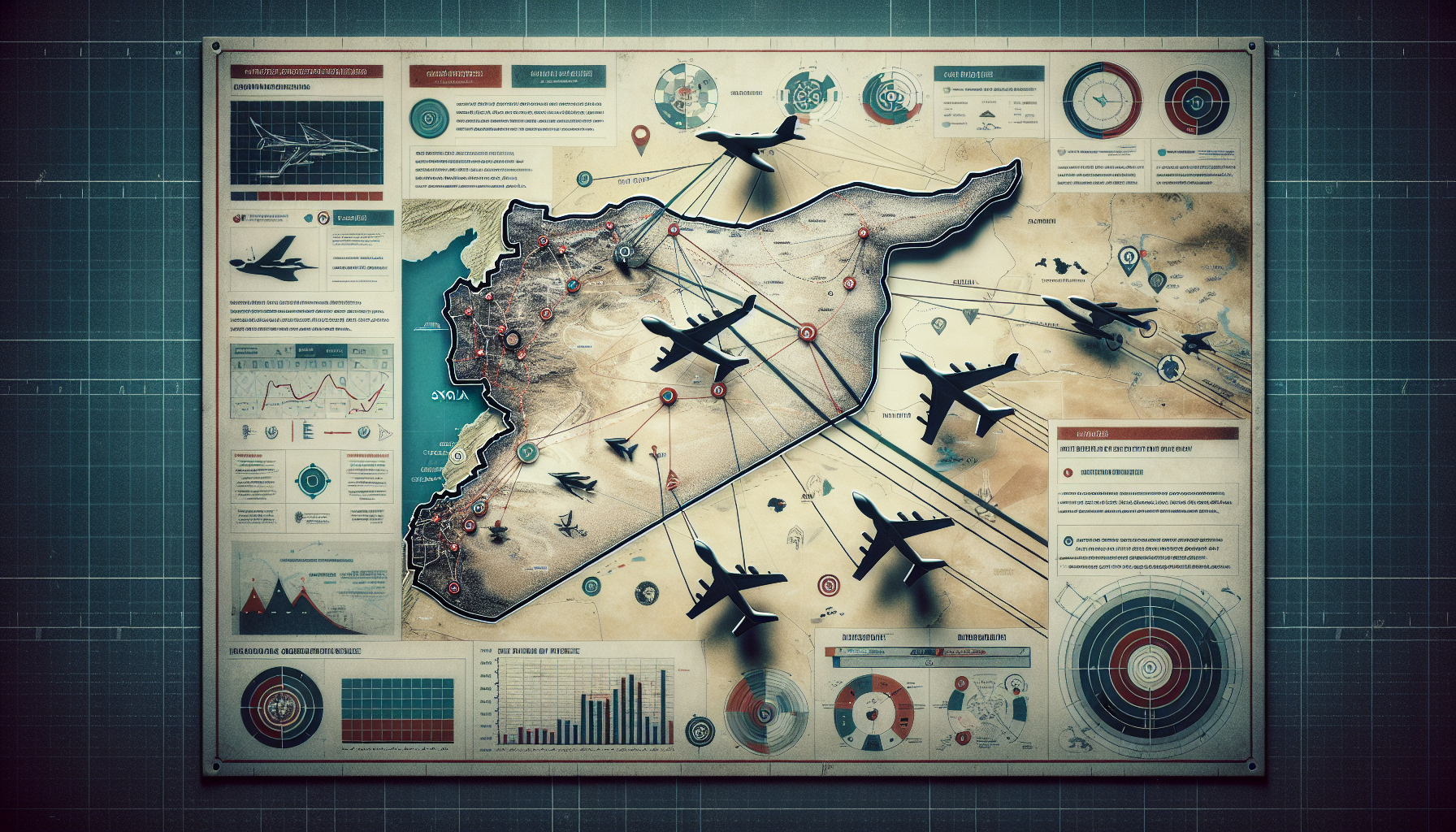U.S. Airstrikes in Syria: A Strategic Move Against ISIS
In a bold display of military strategy, the U.S. Central Command has recently conducted airstrikes targeting multiple Islamic State (ISIS) camps in central Syria. This operation resulted in the death of up to 35 militants and is seen as a significant blow against a group that, while diminished in power, still poses a threat in the region. Let's delve deeper into this action, its implications, and what it means for the future of U.S. military operations and counter-terrorism efforts.
The Context of the Airstrikes
Rise and Fall of ISIS
To understand the significance of these recent airstrikes, it’s essential to take a step back and scrutinize the evolution of ISIS over the last decade. Once controlling vast territories in Iraq and Syria, the Islamic State’s influence has waned significantly since its peak. However, threats remain, especially as the organization continues to engage in insurgent activities and adapt to the changing geopolitical landscape.
The Strategic Importance of Central Syria
Central Syria serves as a critical hub for ISIS operations, making the targeted airstrikes pivotal in disrupting their activities. U.S. Central Command's focus on leadership targets aims to weaken the group’s command structure, thereby stymying their ability to conduct organized assaults.
Implications of the Strikes
Disruption of ISIS Operations
According to military officials, the recent airstrikes are expected to hamper ISIS’s capability to plan and orchestrate attacks not only against regional allies but also against U.S. forces stationed nearby. Eliminating senior leaders disrupts their operational effectiveness and serves as a warning that the U.S. remains committed to countering extremist activities in the region.
Potential Risks and Civilian Impact
While reports indicate no civilian casualties from the strikes, the potential for collateral damage in such tactical operations remains a significant concern. The U.S. military is continually scrutinized for its approach, and maintaining ethical military engagement is essential to avoid undermining support for their efforts.
Future Directions for U.S. Military Engagement
Continuous Monitoring and Operation
The evolving nature of ISIS necessitates a sustained vigilance of U.S. military operations in Syria and Iraq. The Pentagon has stated that while ISIS may be weakened, it retains the capability to launch surprise attacks, making ongoing air support and intelligence operations critical to U.S. strategic interests.
Joint Operations with Regional Forces
Collaborative operations with Iraqi forces highlight a combined effort in the fight against ISIS. Strengthening partnerships with local military units can enhance threat intelligence, ensuring a more robust approach to combating remnants of the terrorist group.
Conclusion: A Step Towards Stability in the Region
The U.S. airstrikes in Syria represent a strategic response to the enduring challenge posed by ISIS. While these operations are a step forward in weakening the militant group, they also highlight the complexity of counter-terrorism efforts in a multifaceted geopolitical landscape. As the situation in the region continues to evolve, the necessity for a cohesive strategy integrating military engagement, intelligence gathering, and collaboration with local forces becomes increasingly vital.
Call to Action
Understanding global security dynamics is essential for informed citizenship. Stay updated on military operations, their implications, and regional stability. For additional insights, explore our resources on counter-terrorism strategies and historical contexts of U.S. military involvement to empower yourself with knowledge that shapes today's geopolitical landscape.
Remember to subscribe to our newsletter for the latest updates and articles that keep you informed.
